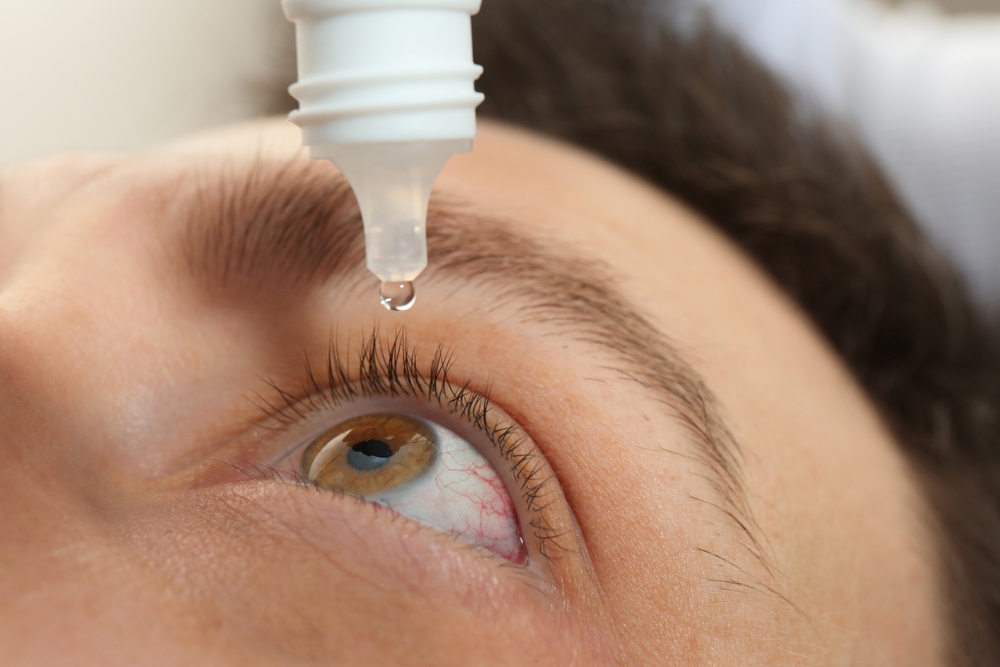
Dry eye is a common condition that occurs when your tears aren't able to provide adequate lubrication for your eyes. It's a complex disease that has a multitude of causes, and it can have a significant impact on your quality of life. The good news is that it can be managed successfully, resulting in significantly greater eye comfort and fewer dry eye symptoms. Understanding the causes, recognizing the symptoms, and knowing the best treatments are essential to managing this condition.
What Causes Dry Eye?
One of the primary causes of dry eye is Meibomian Gland Dysfunction (MGD). The Meibomian glands are located in the eyelids, and they're responsible for producing the oil that forms the top layer of your tear film. If these glands aren't functioning properly, it can lead to a lack of sufficient oil, causing the watery layer of your tears to evaporate too quickly, resulting in dry eye.
Other factors include age, gender, diet, environmental conditions, and certain medications. For example, as we age, tear production often decreases. Women are more likely to develop dry eye due to hormonal changes during pregnancy, the use of oral contraceptives, and menopause. A diet lacking in vitamins A and D can also contribute to dry eye.
Additionally, exposure to smoke, wind, and dry climates can increase tear evaporation. Certain medications, including antihistamines, decongestants, hormone replacement therapy, and antidepressants, can reduce tear production.
Recognizing the Symptoms of Dry Eye
Dry eye can present a variety of symptoms, which can make it a challenging condition to self-diagnose. The most common symptoms include a stinging, burning, or scratchy sensation in your eyes. Others may experience stringy mucus in or around their eyes, sensitivity to light, red eyes, a sensation of having something in their eyes, difficulty wearing contact lenses, and difficulty with nighttime driving.
In some cases, individuals with dry eye may also experience watery eyes. This is because dryness on the eye's surface can over-stimulate production of the watery component of your tears as a protective mechanism. However, this "reflex tearing" does not stay on the eye long enough to correct the underlying dry eye condition.
These symptoms can significantly impact daily life, making tasks like reading, using a computer, or driving a car challenging. If you're experiencing any of these symptoms, it's essential to seek medical attention to determine the cause and begin appropriate treatment.
What are the Treatment Options for Dry Eye?
The best treatment for dry eye depends largely on the specific cause and severity of your condition. Most treatments aim at restoring or maintaining the normal amount of tears in the eye to minimize dryness and related discomfort and to maintain eye health.
Over-the-counter treatments include artificial tear drops, gels, and ointments. Prescription medications, such as anti-inflammatory drugs or eye drops that increase tear production, can also be beneficial. In more severe cases, procedures to block the tear ducts or surgery to correct eyelid problems may be necessary.
However, one of the most promising treatments for dry eye is Low-Level Light Therapy (LLLT).
An Effect Solution to Dry Eye Symptoms
Studies have shown that Low-Level Light Therapy (LLLT) can improve tear secretion, reduce inflammation, and enhance the function of the Meibomian glands, making it an effective treatment for many people suffering from dry eye.
LLLT stimulates the Meibomian glands to produce more oil, thereby improving the quality of the tear film and reducing evaporation. The anti-inflammatory effects of LLLT can also help alleviate the inflammation often associated with dry eye.
LLLT is a painless procedure that typically takes just a few minutes per session. It's also safe, with minimal side effects, making it an attractive treatment option.
Conclusion
If you're struggling with dry eye, don't despair. With the right knowledge and treatment, you can manage your symptoms and enjoy clearer, more comfortable vision.
If you are suffering from dry eye symptoms, consult with our optometrist to determine the best treatment for you. Visit Evolutionary Eye Care at our office in Sugar Land, Texas, or call (281) 545-4901 to schedule an appointment today.








